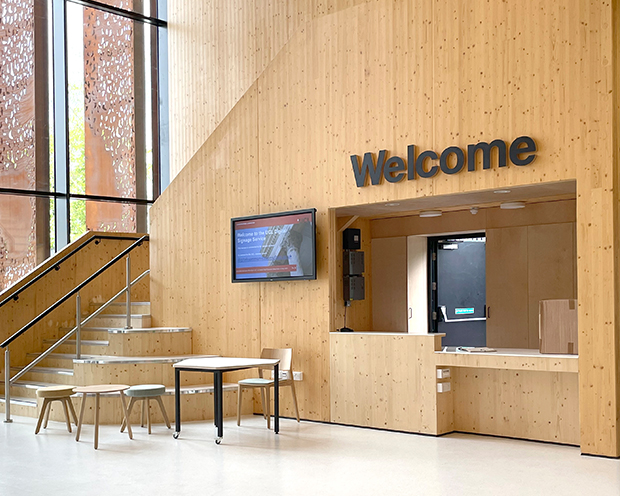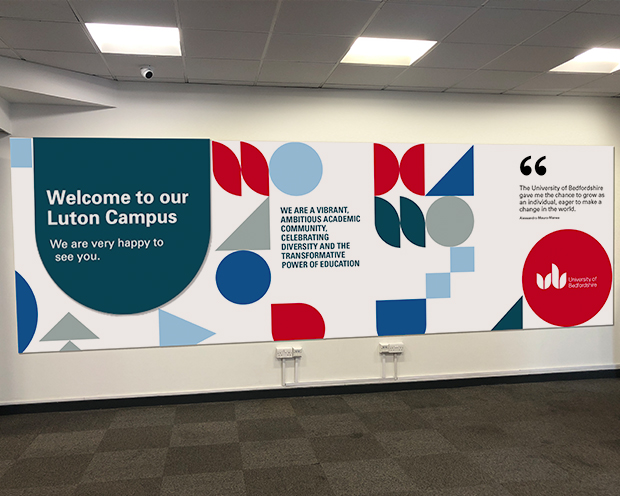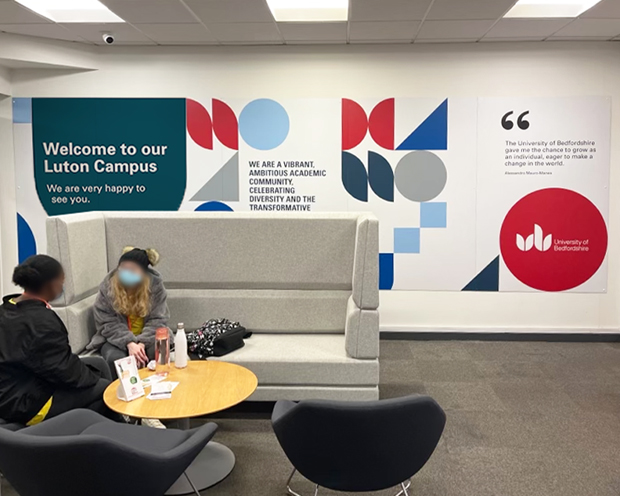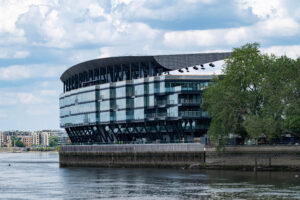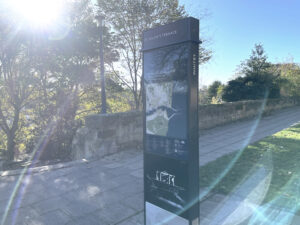Transitioning from A to B to zoning
There’s no doubt about it, two years of working from home has had a huge impact on our working pattern preferences and our expectations.
Take universities, for example.
Historically, every faculty of these huge institutions would have its own dedicated building. And each building would be segregated into individual offices for academics, seminar and lecture rooms, study rooms and places to socialise.
The same applied to offices. Yes, some had embraced hot-desking, but many still provided desks, permanently designated for one person’s use only.
But what now?
Turns out we’ve managed fairly well to keep things going remotely and have experienced the benefits of flexible home working first-hand.
And whilst the debate rumbles on about whether, when and to what extent we should be returning to offices, there’s no question that there will be lasting changes to our ways of working.
Long-term changes to our working patterns and places
Organisations are still working out what their new policies will be, but it’s likely that many will adopt a degree of flexible working that allows people to choose when they come into the office or onto campus.
Whilst the benefits of home-working are clear, what we have missed is interaction. Seeing other people in the flesh means getting to collaborate, share ideas and feel part of something.
Given the choice, workers will likely choose home for solo-working, and travel in for meetings and collaborative working. Things like that just don’t work quite as well over video call.
These are fundamental changes and they will have an inevitable consequence on how the spaces in our universities and offices should be used.
Just as work and home life have become less segregated, so must our workspaces.
The traditional office with your own desk and computer? It’s all going.
And universities are in on it too. They’re moving away from segregating areas by department and moving towards identifying areas by function. They’re setting aside less space for academics’ offices and more space for interacting and sharing ideas.
A new way of wayfinding
A new way of working requires a new way of wayfinding. We’re transitioning from “how to get from A to B” to “how to use this zone”.
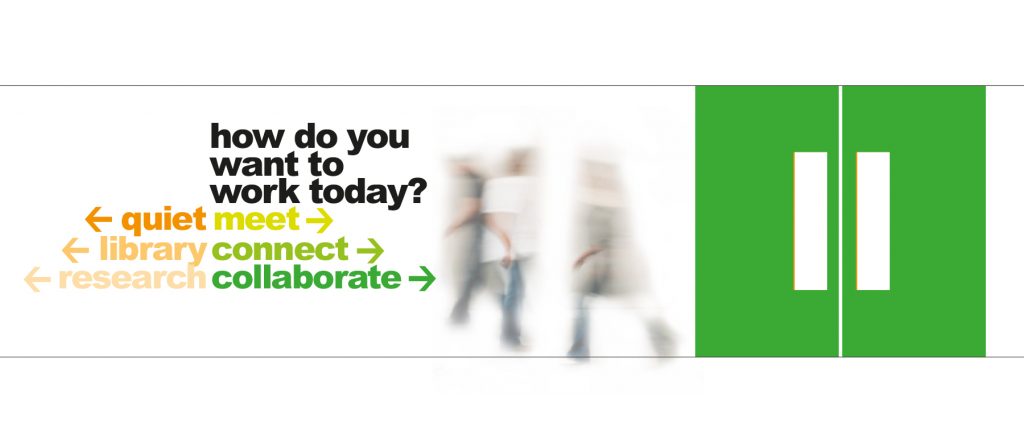 Zoning buildings for multiple purposes inevitably means users navigating with different purposes in mind. We need to provide meeting places for small groups and bigger groups. We need spaces for those fleeting but ever-important spontaneous interactions on breaks. Individual work spaces are still needed in between other sessions but dedicated desks are a thing of the past. We’re talking relaxed spaces like cafés providing free Wi-Fi and options for sitting or standing to work.
Zoning buildings for multiple purposes inevitably means users navigating with different purposes in mind. We need to provide meeting places for small groups and bigger groups. We need spaces for those fleeting but ever-important spontaneous interactions on breaks. Individual work spaces are still needed in between other sessions but dedicated desks are a thing of the past. We’re talking relaxed spaces like cafés providing free Wi-Fi and options for sitting or standing to work.
For all the above, we need good wayfinding to make it clear to users what each zone is intended for and to help them move from one zone to another without getting lost.
Helping people navigate zonal spaces
At Placemarque, we’re taking our design codes for public realm design and applying the same principles of psychology to internal spaces, to create places where people can engage in informal ways.
And we’re grappling with some big questions:
- How can spaces in buildings be repurposed to facilitate these interactions?
- How should we be zoning our buildings?
- How should we name these spaces to make it easy for users to navigate?
One of the big questions is how will these different zones be identified? Traditionally, places were identified by their room number. But flexible spaces don’t have walls or doors. Instead, these multi-use, collaborative or quiet zones will be distinguished by their design. It’s the furniture that suggests function, rather than signs on doors.
- Large tables at desk height? Team meeting or workshop spaces.
- Sofas and coffee tables? Break out spaces, socialising, informal one-to-one meetings.
Helping our clients make changes
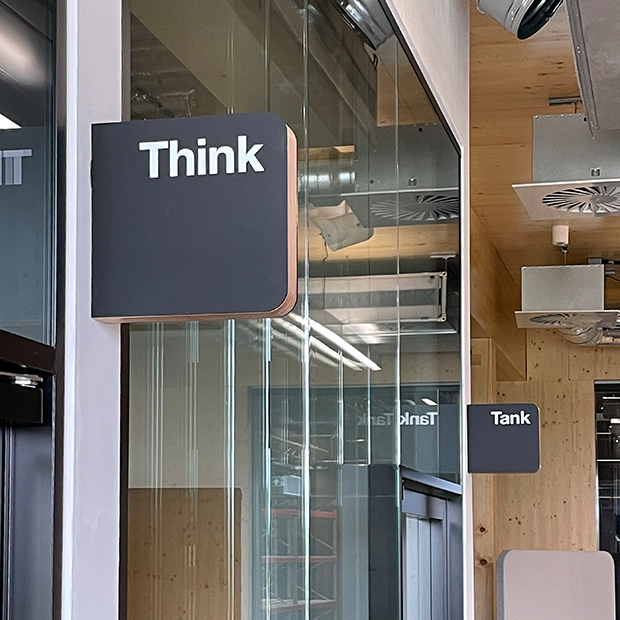
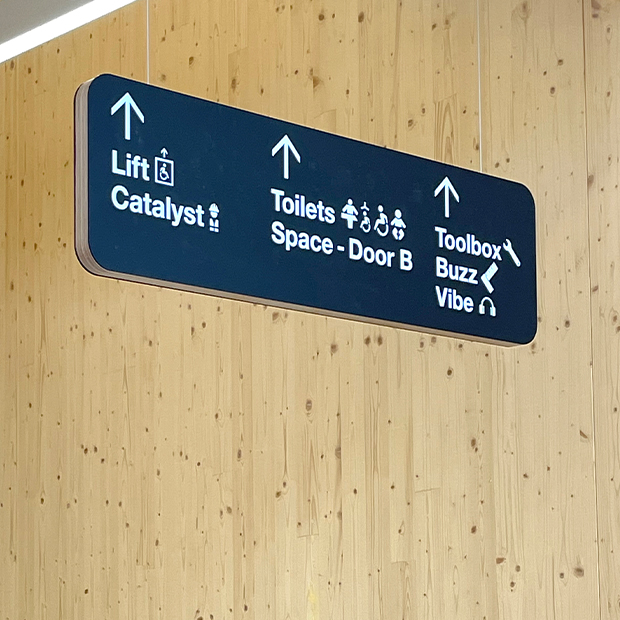
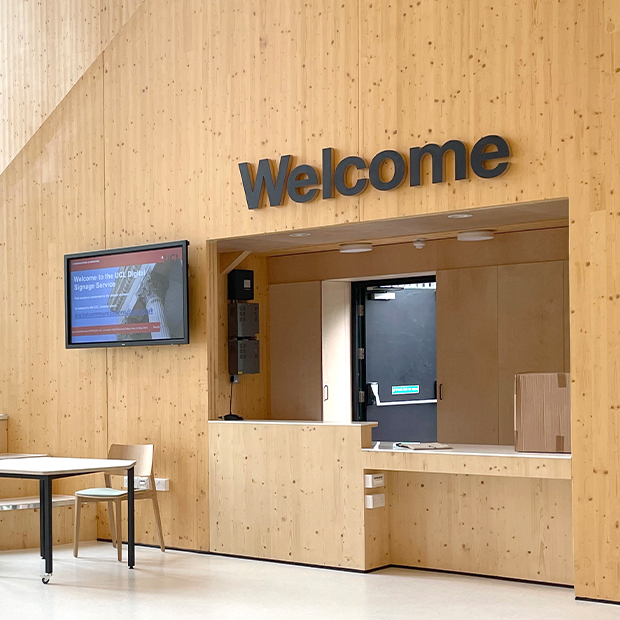
University College London has decided that professional service staff will only work on campus one or two days a week for collaborative meetings. So, rather than having scores of offices lying vacant 80% of the time, UCL wants to make its spaces more efficient. We’re supporting their New Ways of Working project to answer these big questions and create flexible, collaborative spaces that best meet the needs of their staff.
Universities up and down the country recognise that students come to university for more than a degree; it’s also about engaging with each other in community – something that’s been sorely missed over recent months. That’s why we’re working with staff at the University of Bedfordshire to create a series of branded welcome spaces that encourage students to interact in an informal, multi-use setting.
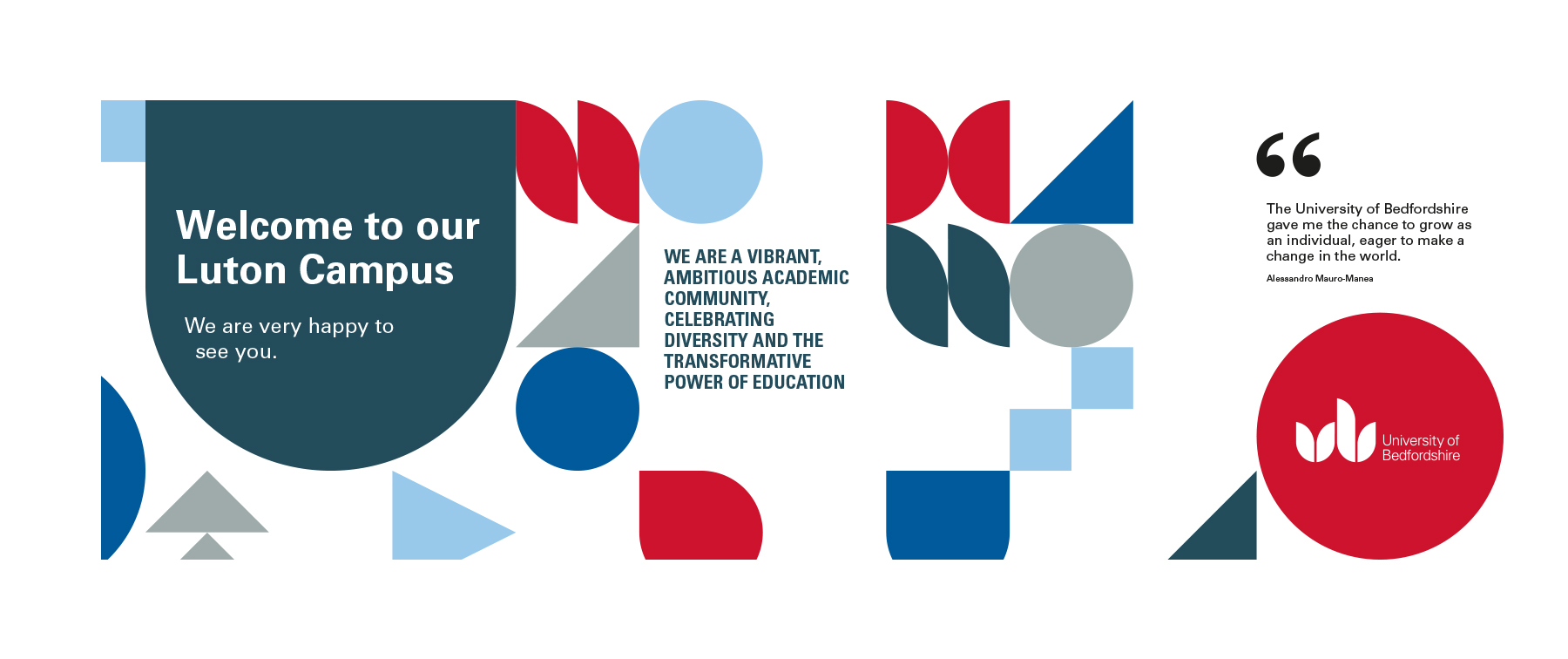
And at the University of Cambridge’s science and technology campus they’re deliberately doing away with student communal spaces in faculty buildings. Instead, they’re creating one student hub for everyone – to mix students from across the science, law, medicine and humanities departments and foster the cross-fertilisation of ideas. It’s these invaluable interactions that our virtual existence over the last 16 months just couldn’t replicate. Our strategic input will inform the development of a new masterplan for the campus to help students and staff navigate and collaborate.
A new perspective on what’s important about our spaces
Since March 2020 we’ve all obtained a new perspective on life – and a new appreciation for human contact. It’s time to design for spaces that allow us to safely meet and collaborate.
What will be next? Outdoor working spaces? It’s not something that we’d have considered before March 2020, but we now know better than to dismiss the unorthodox. Covered outdoor spaces might be one more way we can continue meeting and working together if future restrictions on social interaction come our way.
Whatever’s around the corner, we are certain that collaborative working will feature.
If you have a place that needs a rethink to work for its users, get in touch on 0161 241 3174.

